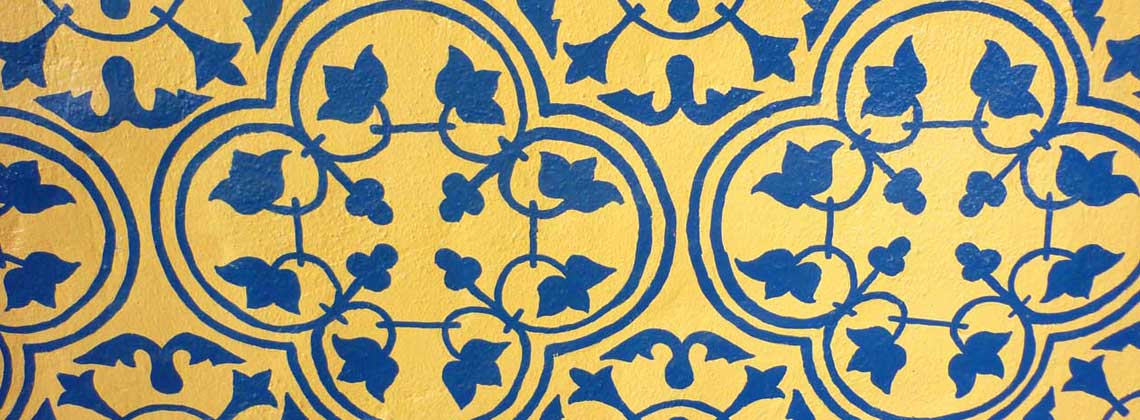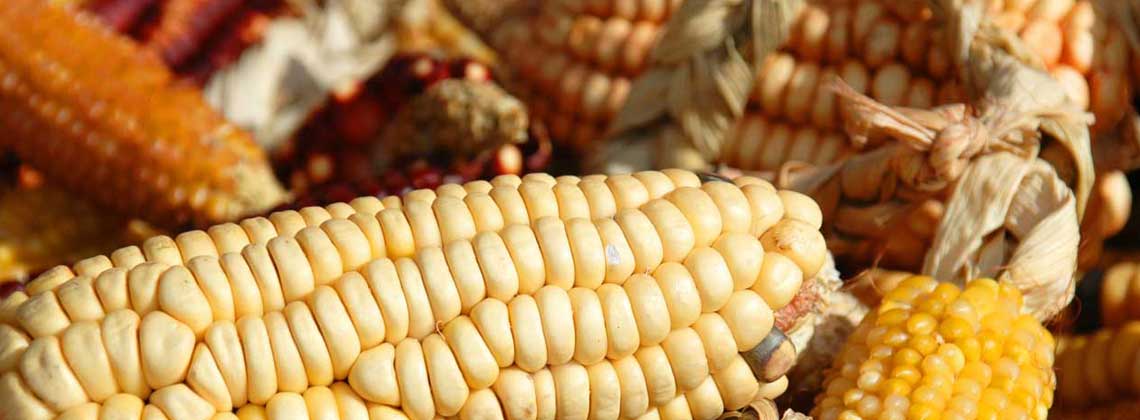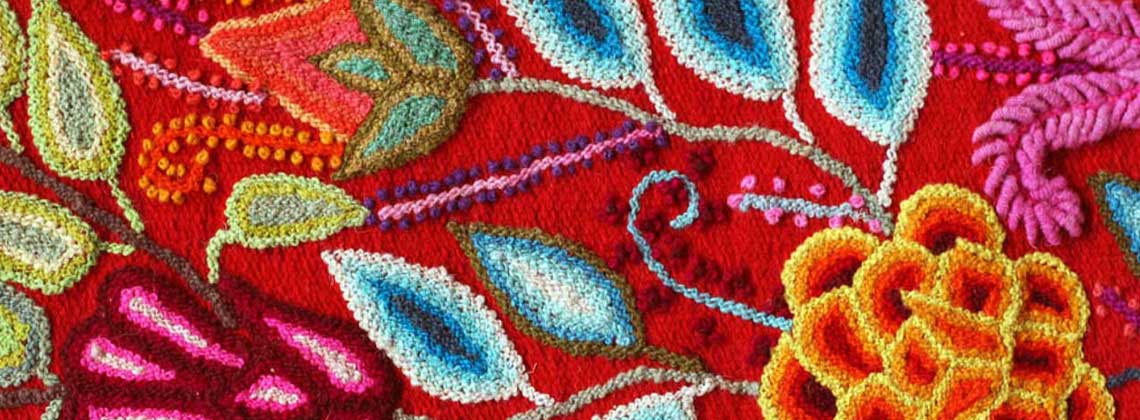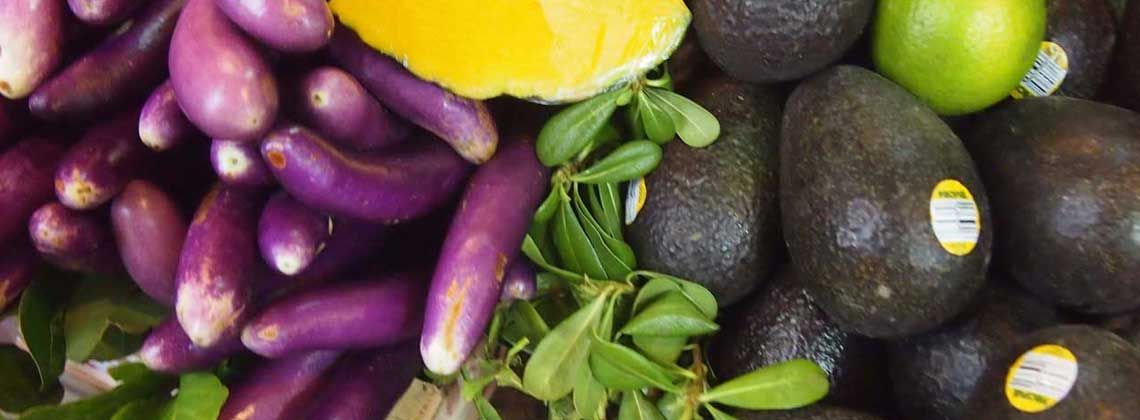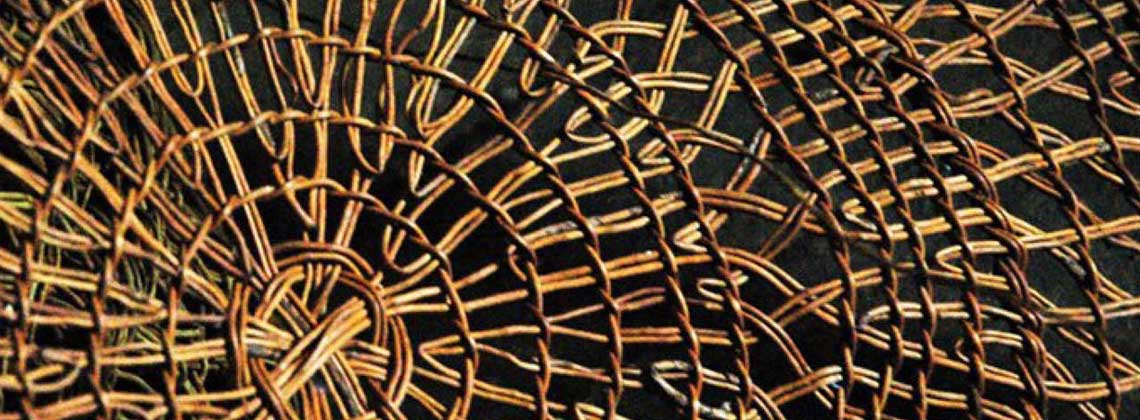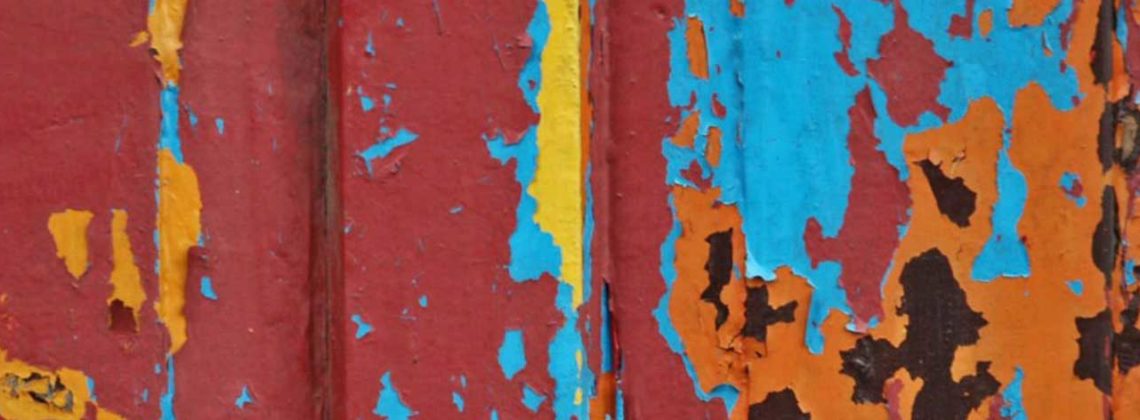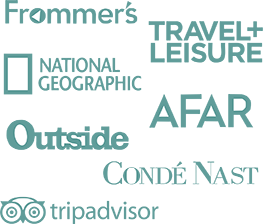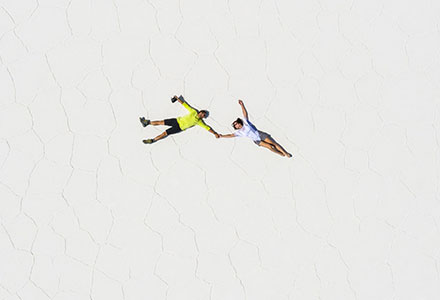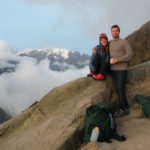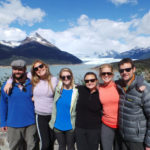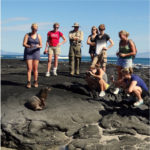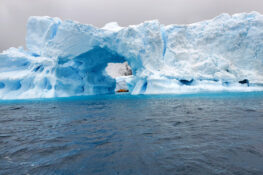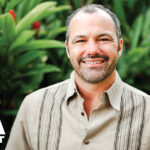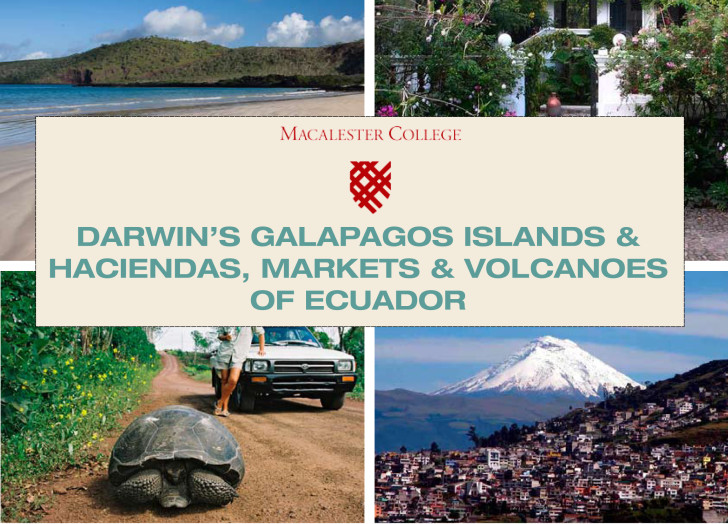
The Macalester College Alumni Association in conjunction with Knowmad Adventures is proud to announce an incredible group trip “Darwin’s Galapagos Islands and Haciendas, Markets and Volcanoes of Ecuador.” This twelve-day trip will highlight incredible Andean landscapes and fascinating indigenous cultures in mainland Ecuador and includes a luxurious 6-day small ship cruise around Darwin’s Galapagos Islands which are full of fascinating endemic species and beautiful volcanic landscapes. Join Director of Alumni Relations Gabrielle Lawrence along with excellent local guides and naturalists as we take the path less traveled for an authentic Ecuador experience and a high-quality expedition cruise in the Galapagos!
Alumni Travel Opportunity Highlights
- Cruise the Galapagos Islands aboard a luxury class yacht with less than 100 passengers
- Enjoy naturalist-led excursions to discover myriad endemic species and unique landscapes
- Explore Quito, Ecuador’s capital and a UNESCO World Heritage site for its striking colonial architecture
- Explore some of the most beautiful sections of the Andes Mountains and walk to a gorgeous volcanic crater lake
- Enjoy lavish meals at historic haciendas (ranch properties)
- Visit Julio Toaquiza’s ceramic workshop and learn of highland folklore
- Tour a rose plantation
- Browse and shop in an authentic indigenous market well off the beaten path
- Meet Andean chagras (cowboys) and learn about their fascinating history and culture
- Do it in style! This luxurious adventure highlights carefully selected accommodations in a variety of settings such as restored colonial mansions, a working ranch and an expedition yacht
- Trip escorted by Alumni Relations Director Gabrielle Lawrence and Knowmad co-Founder Jordan Harvey
- Travel in a small group of less than 25
Macalester College Alumni Travel Itinerary
DATES: JAN 30TH – FEB 10TH | 2015 TRIP PRICE: $5,320*
*Airfare not included.
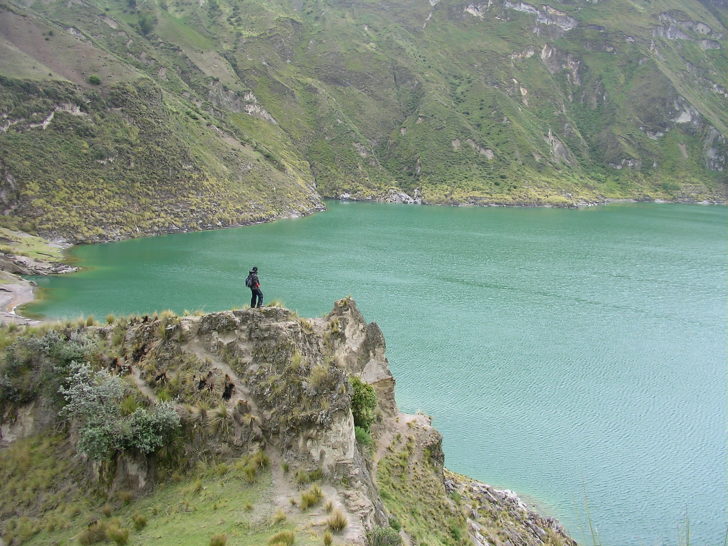
JAN 30: Depart Minneapolis, Minnesota or your hometown
A recommended flight will be supplied closer to travel time. Upon arriving most likely in the late evening, the group will be met and transferred to your accommodations situated in the historic district of Quito.
- No meals – Patio Andaluz or similar
JAN 31: Quito – Cotopaxi Volcano
Setting out after breakfast we’ll head south through the city and down the valley below Pichincha. Enshrouded by clouds, the valleys of the famed Avenue of the Volcanoes open up as massive Cotopaxi (meaning ‘neck of the moon’ in the ancient tongue) comes into view. Our first visit will be at Nevado Roses, a flower plantation where we will tour the facilities learning about flower cultivation and exportation in Ecuador, one of the world’s predominant rose exporters. After a delicious lunch we’ll visit the stunning Quillotoa Crater where we’ll take a relaxing walk downto the shores of the dazzling, emerald-green lagoon at the crater’s center. This is a true natural wonder. From here we will return back up by foot or horseback to enjoy the view. We will then visit a nearby indigenous community to learn about the areas culture and lifestyle before continuing on to the ever so charming Hacienda Alegria for dinner and a relaxing evening.
- B, L, D – Hacienda Alegria or similar
FEB 1: Cotopaxi Area
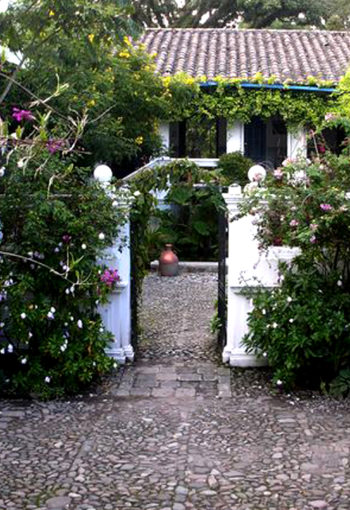
Driving out into Andean countryside we’ll pass sheep and llamas grazing before arriving to the highland town of Pujili and La Victoria which are renowned for their artisanal ceramics. Our first visit will be to the bustling, off the beaten path market of Pujili. We’ll then visit a local ceramics workshop to see their ancient production techniques and final products. You’ll also have a chance to create your own ceramic memory. In Tigua we’ll visit local artist Julio Toaquiza’s workshop where he paints colorful scenes of highland festivals and folkloric characters typical of the region on sheep skin in the naïf style. Having worked up an appetite we’ll visit a charming local restaurant before returning to the hacienda for a chagra show.
The introduction of cattle and bulls into the Andean highlands by the Jesuits gave birth to a rich cultural phenomenal still iconic of the region today; the chagras, or Andean cowboys. Chagras were the first indigenous groups at the time allowed to ride horses and for centuries the chagras have carved out a unique and enviable identity in the region.
- B, L, D – Hacienda Alegria or similar
FEB 2: Cotopaxi – Antisana – Quito
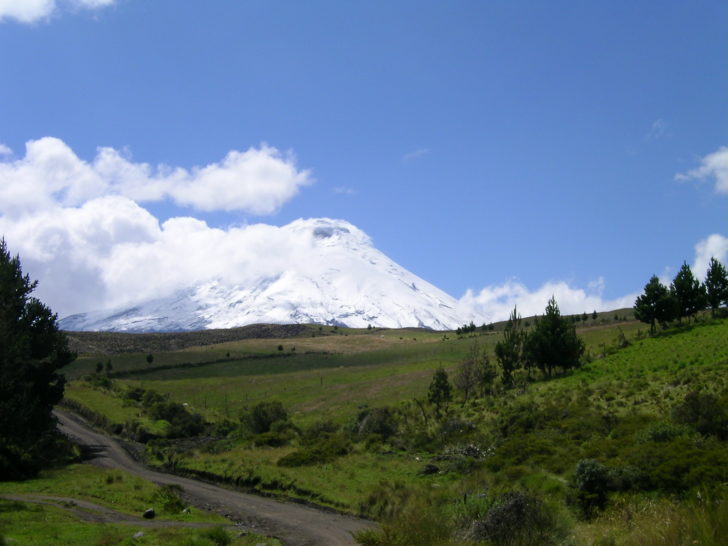
After a filling breakfast we head south through the main square at Pintag wher you’ll learn about the clash of the Inca and Caranqui civilizations. After a taslte of exotic local fruits like cherimoya we’ll arrive to some of the best preserved paramo, or highland moor, in the world. As we wind our way up through the paramo, a relatively young lava flow path will lead us up to the Antisana Volcano and what used to be the famous Hacienda Antisana. We will leave the bus at Antisana River Gorge, a small high-altitude stream of glacial melt from the volcanoes glacier. We will enjoy an hour or so walk north past the base of Chuzalongos, three peaks formed by an ancient horseshoe crater and named after an indigenous legend speaking of mountain goblins.
Walking to seasonal lake Santa Lucia it is possible to see highland animals and the great Andean condor. Enjoy a box lunch during this hike before returning to the van. We will then make the hour and a half drive back to Quito.
- B, L, D – Patio Andaluz or similar
FEB 3: Quito
Step back in time walking through picturesque neighborhoods of quaint cobble-stoned streets lined with colorful colonial houses en route to the historic town center where our first stop is La Basilica, a fascinating architectural building. Continuing on we pass The Seven Crosses Street, an important Inca route from times past that was transformed with the arrival of the Spaniards and Christianity. From here we arrive to the cities central Independence Plaza lined with the oldest cathedrals in South America and the sacred heart of the city: La Catedral de Quito. Here we see the Presidential Palace, the Metropolitan Cultural Center, a museum home to a great oil paint collection, and more. Enjoy lunch on this historic plaza.
Following lunch those who still have energy will head just north of the city to visit the Middle of the World complex where the equator runs. You’ll have the unusual opportunity of straddling both hemispheres. We’ll also visit the nearby Intinan Museum dedicated to the promotion and study of the cultures inhabiting the nearby areas.
- B, L, D – Patio Andaluz or similar
Feb 4: Quito – Galapagos
With a capacity of 90 guests in 43 cabins, the MV Santa Cruz is large enough to provide a calm ride and a range of amenities, yet small enough for an intimate feel and minimal environmental impact. Some ship highlights are air-conditioning throughout, a glass-bottom boat available for excursions, some of the islands best naturalist guides, and gourmet cuisine. All excursions, meals, and lectures while cruising are included in your trip cost. For more ship details please see ship specifications page.
Following breakfast we transfer to the airport in accordance with our flight to the Galapagos Islands, approximately 2 hours west into the Pacific where we will board the MV Santa Cruz for a 6-day cruise through the Galapagos Islands. During this cruise we will enjoy naturalist-led walks amongst a variety of islands as we discover the unique animal and plant life that helped inspire Darwin’s Theory of Evolution.
Afternoon – North Seymour Island
This is a great introductory site to the islands and their wildlife, full of bird colonies of blue footed boobies, two species of frigate birds, swallow tailed gulls, as well as sea lions and marine iguanas.
- B, L, D – MV Santa Cruz
FEB 5: Galapagos
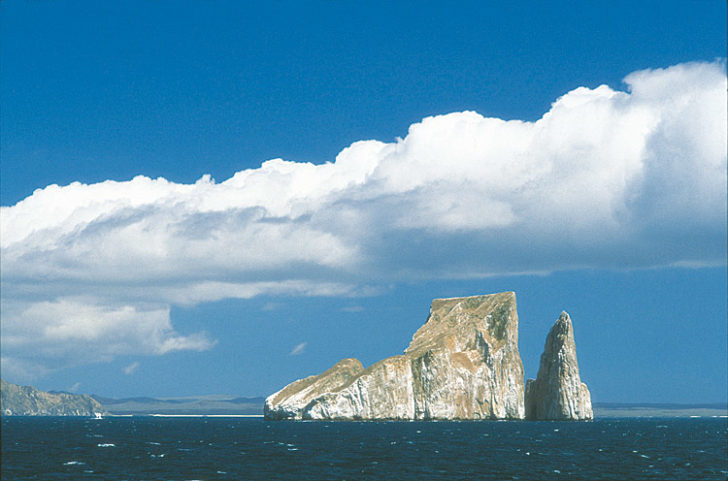
Morning – Punta Vicente Roca – Isabela Island
After breakfast, we explore the coast by panga (local word for small zodiac), while our naturalist guide explains the dramatic geology of the area, nesting place for a Galápagos highlight: flightless cormorants. Depending on weather conditions, we can snorkel along the cliffs of this area rich in marine life, seasonally-visited by green sea turtles and oceanic sun fish (Mola mola). Afternoon – Espinoza Point – Fernandina Island
The afternoon is dedicated to exploring the youngest island of the archipelago, Fernandina, which, having no introduced mammals, boasts a very unique environment with a very high density of marine iguanas, who share their space with sea lions, Sally light-foot crabs, hawks, penguins and the flightless cormorants.
- B, L, D – MV Santa Cruz
FEB 6: Galapagos
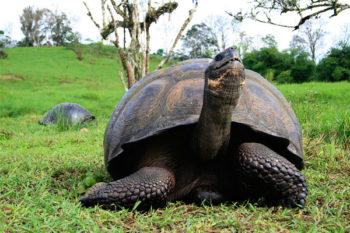
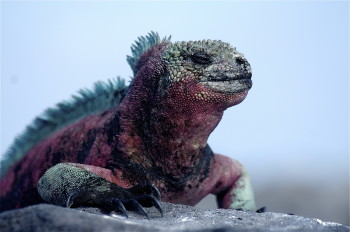 Morning – Tagus Cove – Isabela Island
Morning – Tagus Cove – Isabela Island
After breakfast, we land at this cove on the northwest of Isabela. It provided a favourite anchorage for pirates and whalers over the centuries. An uphill hike takes guests to the rim of a crater, Darwin Lake, filled with salt water and to a dramatic viewpoint. After our walk, we take a panga ride to spot local wildlife, with the possibility of swimming or snorkelling.
Afternoon – Urbina Bay – Isabela Island
After lunch we disembark at Urbina Bay, the fascinating result of an uplifting of the ocean in 1954. Here we can admire corals, shells and many other calcareous organisms exposed above water. First we enjoy a snorkel from the beach, with the chance of swimming with flightless cormorants and penguins. This are is also home to a large and very colourful Galápagos land iguanas, and occasionally to giant tortoises. We return back on board for our expedition plan for Saturday and dinner.
- B, L, D – MV Santa Cruz
FEB 7: Galapagos
Morning – Puerto Ayora and the Charles Darwin Research Station – Santa Cruz Island Disembark for our visit to the Charles Darwin Research Station’s giant tortoise breeding center within an impressive giant prickly-pear cactus forest home to many land birds. These are the headquarters of scientific investigation, conservation and the National Park administration. Following our visit, we board our transport to enjoy lunch in the cooler highlands of Santa Cruz Island, a completely different ecosystem.
Afternoon – Santa Cruz Island
We have several options available for the afternoon, which can be discussed in advance with your Expedition Leader. At the end of the afternoon’s activities, we return to Puerto Ayora and embark on the Santa Cruz.
- B, L, D – MV Santa Cruz
FEB 8: Galapagos
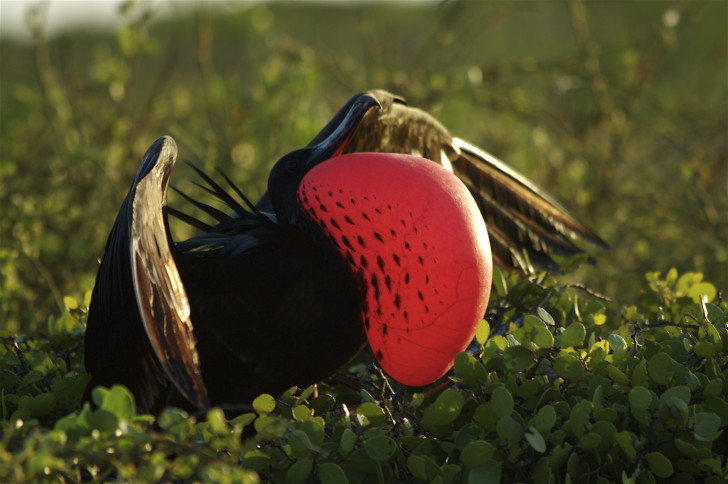
Morning – Post Office Bay and Baroness Cove – Floreana Island
A short walk leads us to the historic barrel where postcards are traditionally left for guests from other vessels to hand-deliver to their destinations. Near Post Office Bay, we explore the north shore of Floreana along narrow channels teeming with life. Another short walk takes us to Baroness Cove where all will be revealed about the fascinating “murder mystery” on Floreana. Swimming and snorkeling off the beach is a good option. We then head back on board for lunch.
Afternoon – Champion Islet and Cormorant Point – Floreana Island
Following lunch and a siesta, we take to the pangas and glass-bottom boat to explore the underwater wonders around Champion Islet, an extinct shield volcano, regarded as one of the best snorkeling spots in the archipelago. From there, it ́s on to Cormorant Point, beginning with a landing on the olivine-crystal beach for an easy walk that includes a brackish water lagoon where bird species such as greater flamingos, pintail ducks, common stilts, herons, sandpipers, and others gather. We continue our walk over to a white-sand beach, where sea turtles emerge from the sea at night to nest (from December to May).
- B, L, D – MV Santa Cruz
FEB 9 Galapagos – Quito – Onward Home
We disembark at Baltra Island in order to transfer to the airport to take the flight back to the mainland. After arriving to the mainland we will go just a short distance from the airport to a nice hacienda to enjoy the grounds and a farewell meal before returning to the airport to catch our late-evening overnight flight.
(B, D)
- B, D
Other Information About The Galapagos Islands
Great things come in little packages. This very popular saying is one of the best ways to describe what the Galapagos Islands has to offer. A group of tiny volcanic islands that sit just off the equator, the Galapagos has for centuries, captured the interest of people from all over the globe. Important from a scientific viewpoint, as these islands were instrumental in Darwin’s Theory of Evolution, the Galapagos today, is a nature wonderland.
Located 1,000 km off the coast of Ecuador, these islands let you get up close and personal with nature. The Galapagos is indeed a must visit destination if you are interested in a wildlife vacation. An archipelago of 19 islands of varying size and a number of islets, these islands are the perfect place to see nature at its very best. Here, the animals roam around free and unafraid, due to the lack of any natural predators, giving you plenty opportunity to capture them with your camera. For more information about travel to Ecuador visit our FAQs section or follow this link for more specific Galapagos Islands region information.
For more information regarding accommodations, costs, and to register for this specific travel opportunity please refer to our detailed Macalester College Alumni Travel Itinerary, give Jordan a call at 1-877-616-8747or e-mail [email protected]. If you’re interested in organizing an alumni travel group trip please call or e-mail as well.
Big views, Jordan
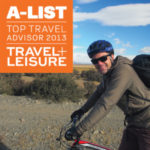 Jordan is a Co-Founder of Knowmad Adventures, a company dedicated to creating unique, private and custom trips in South America. He was recently honored by Travel & Leisure as an A-List Top Travel Specialist for South America. Jordan just returned from a trip to Ecuador and Galapagos with Knowmad’s University of Minnesota Landscape Arboretum group.
Jordan is a Co-Founder of Knowmad Adventures, a company dedicated to creating unique, private and custom trips in South America. He was recently honored by Travel & Leisure as an A-List Top Travel Specialist for South America. Jordan just returned from a trip to Ecuador and Galapagos with Knowmad’s University of Minnesota Landscape Arboretum group.
“Travel brings me incredible experiences and challenges, highlighting the world’s natural beauty while connecting me with inspiring people. I am convinced that travel makes us better people, and better people make a better planet.” Read Jordan’s biography and more about the Knowmad team.



